Data Vis Dispatch, January 14: Fire, congestion, and Greenland
January 14th, 2025
11 min
This article is brought to you by Datawrapper, a data visualization tool for creating charts, maps, and tables. Learn more.
The best of last week’s big and small data visualizations
Welcome back to the 66th edition of Data Vis Dispatch! Every week, we’ll be publishing a collection of the best small and large data visualizations we find, especially from news organizations — to celebrate data journalism, data visualization, simple charts, elaborate maps, and their creators.
Recurring topics this week include elections (not only) in Brazil, energy and mining, and the #30DayMapChallenge.
Former president Lula defeated Bolsonaro in the second round of Brazil’s presidential election on Sunday, October 30. Charts and maps covered mostly election results but also what Lula’s presidency might mean for the markets and the Amazon rainforest.
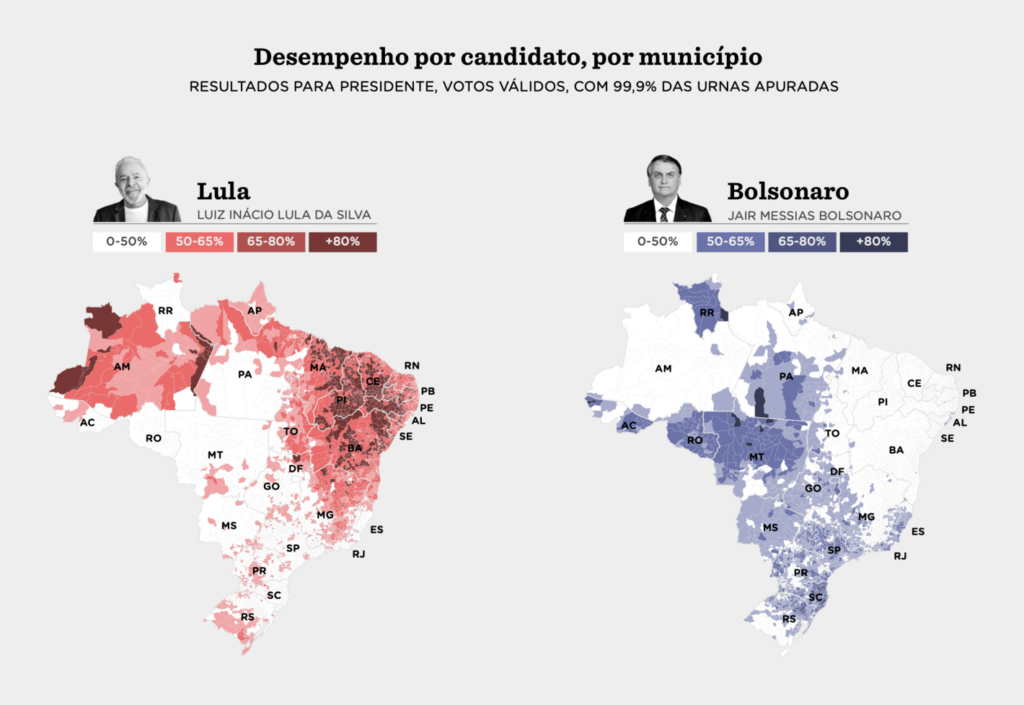
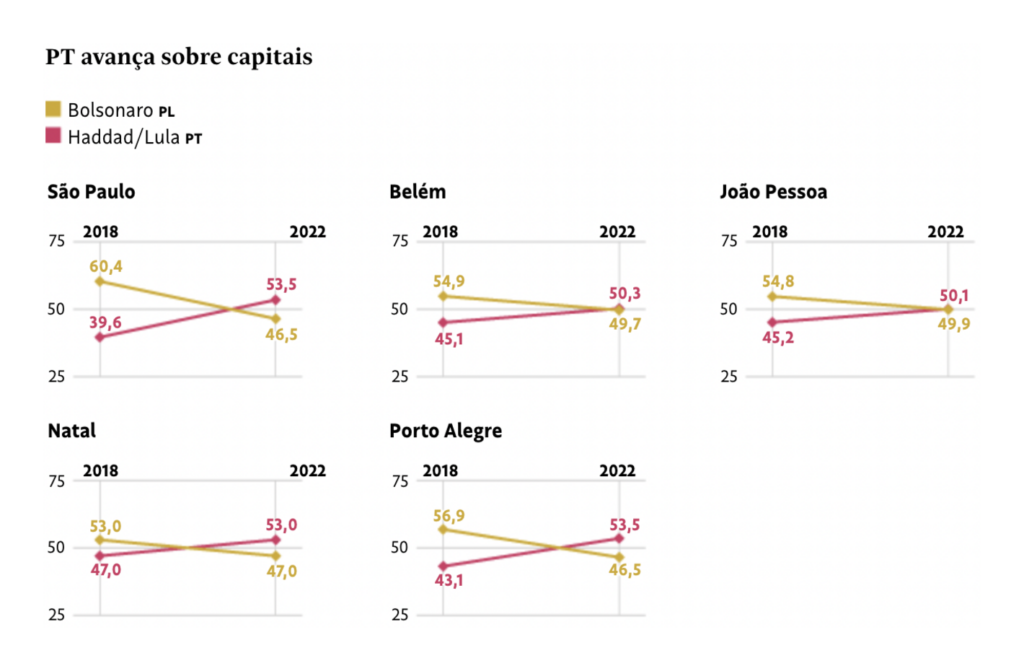
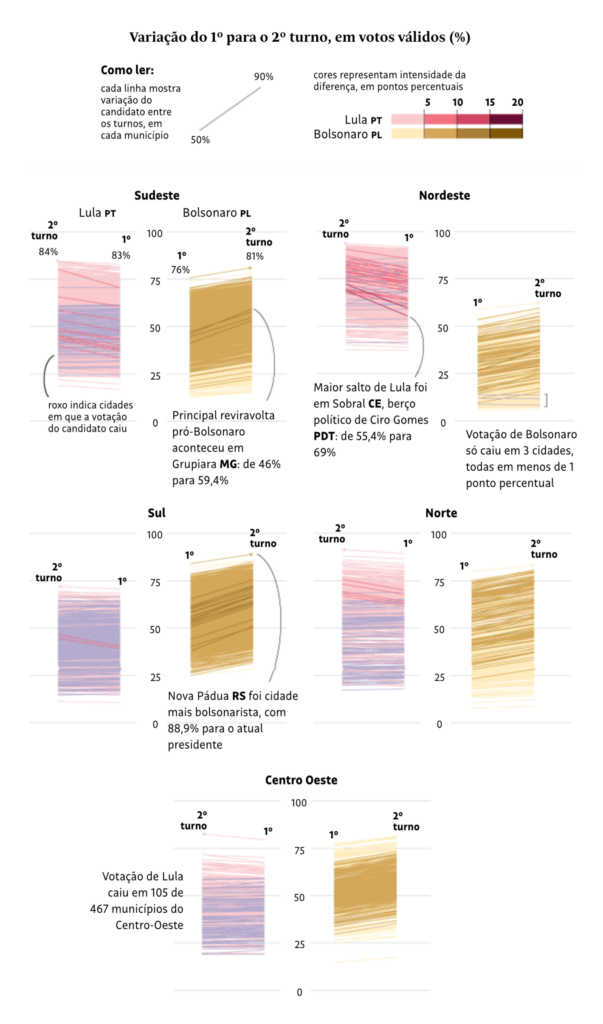
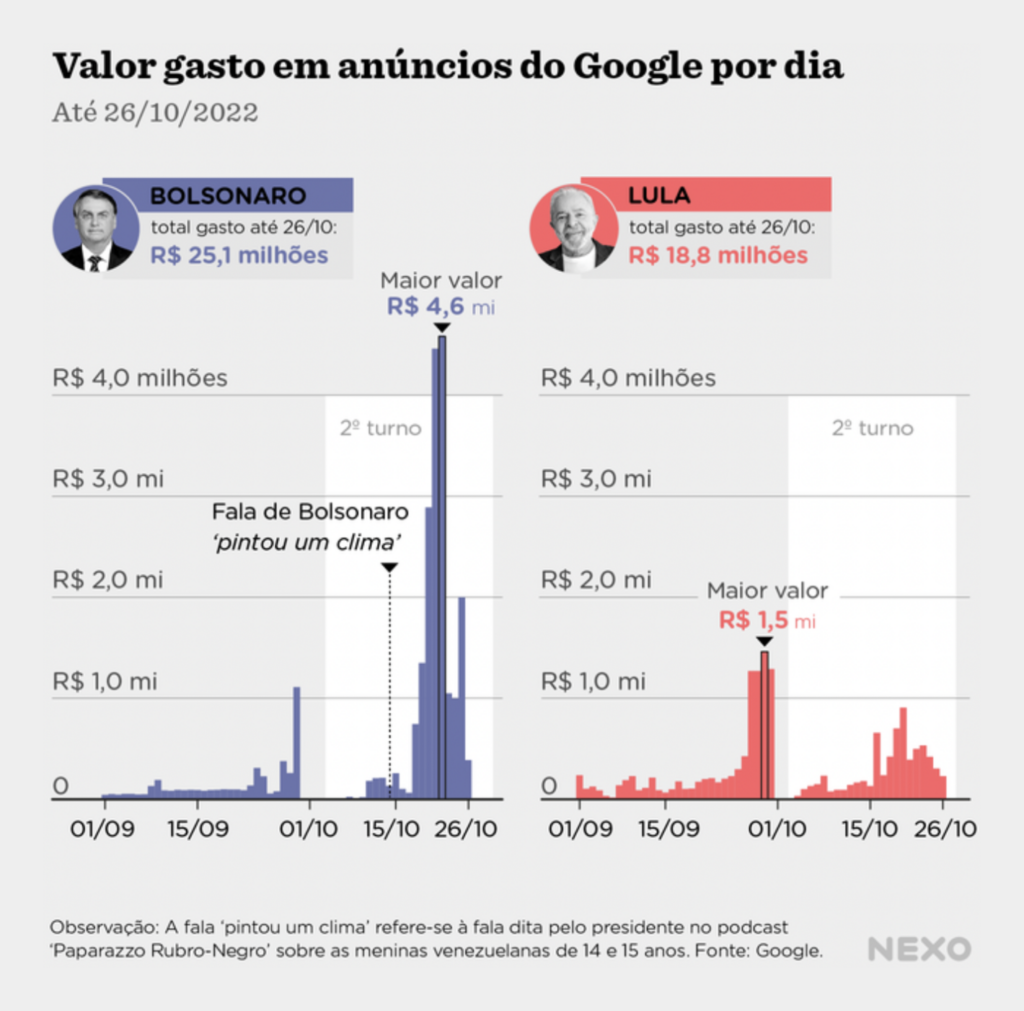
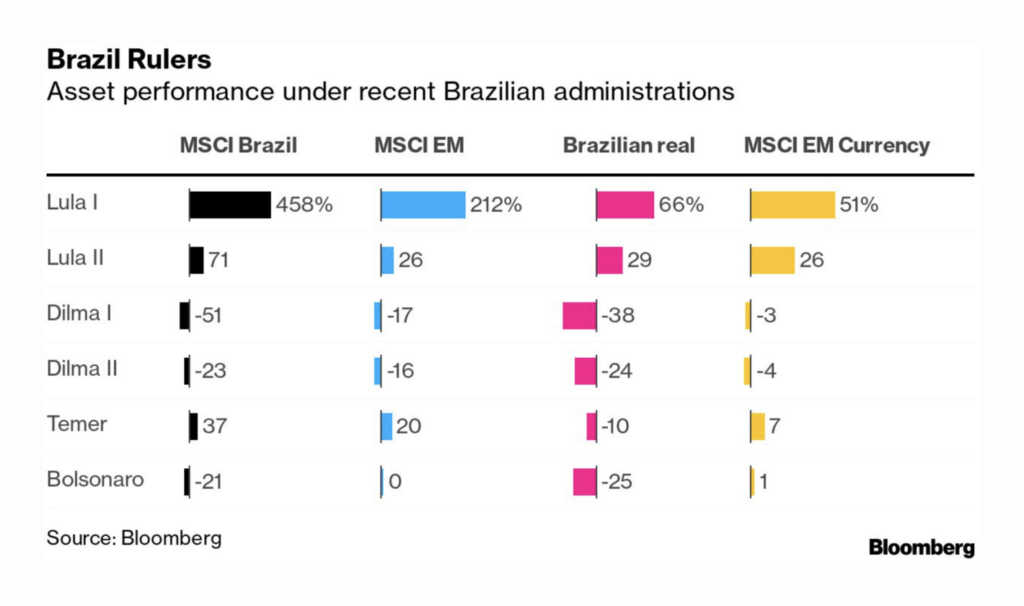
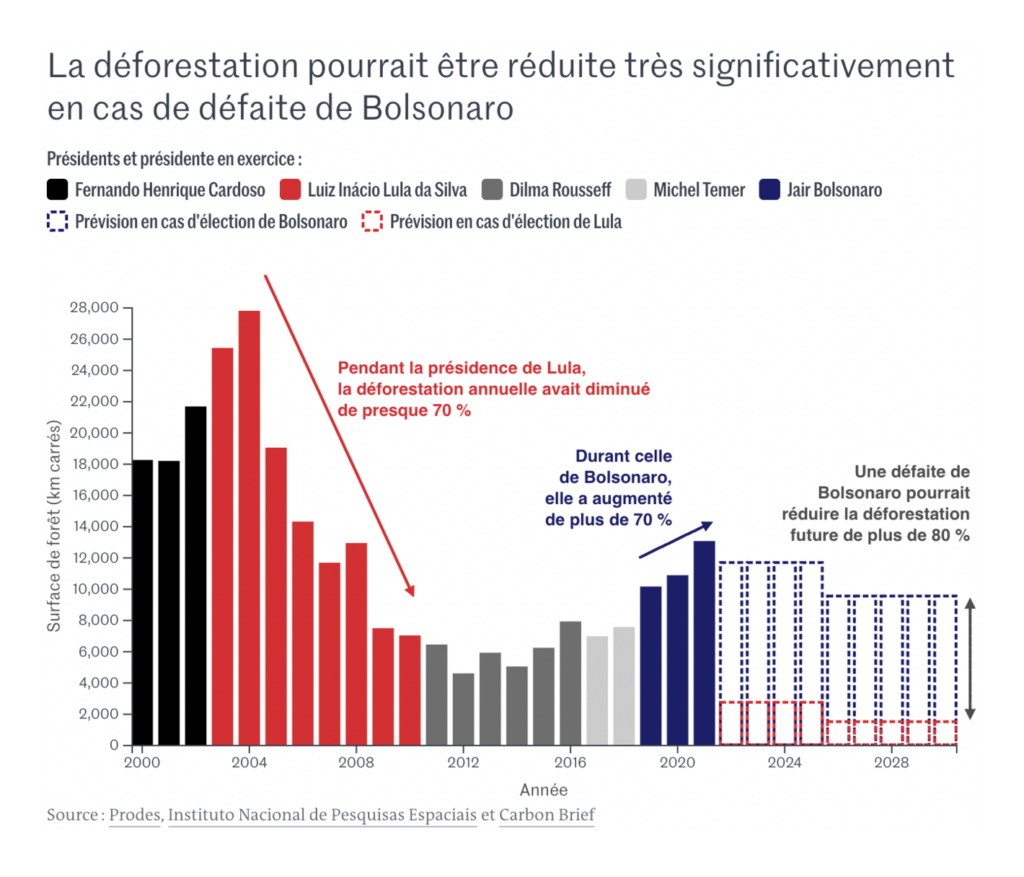
Next up: U.S. midterm elections. With only a week to go, newsrooms are busy analyzing and visualizing everything from voters’ main concerns to campaign messaging.
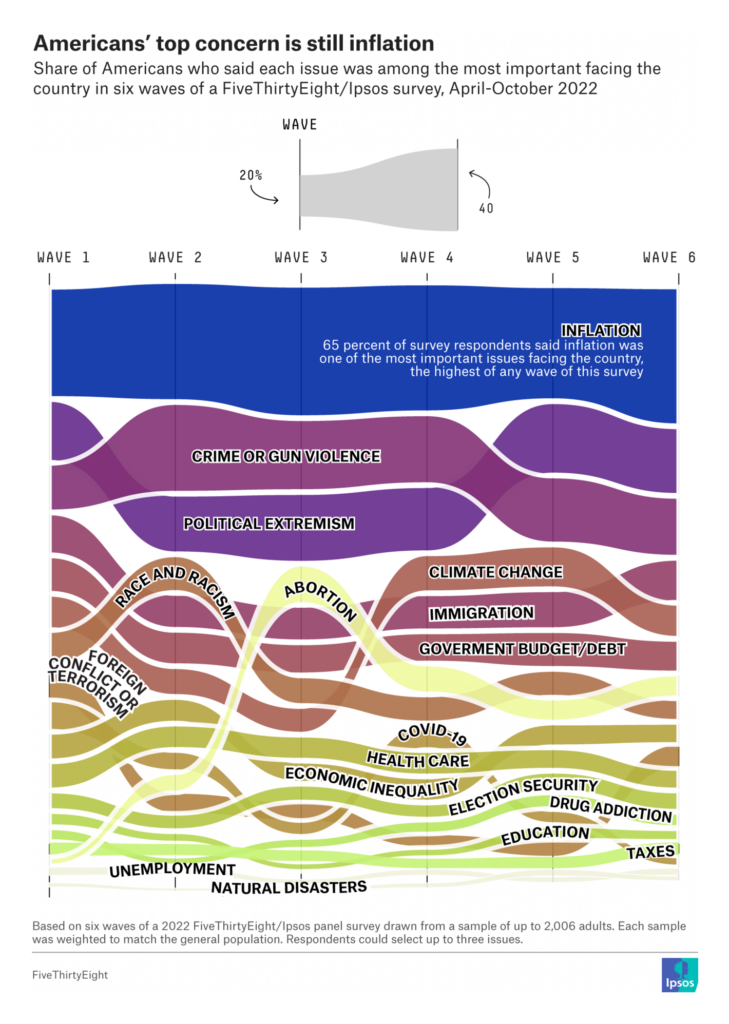
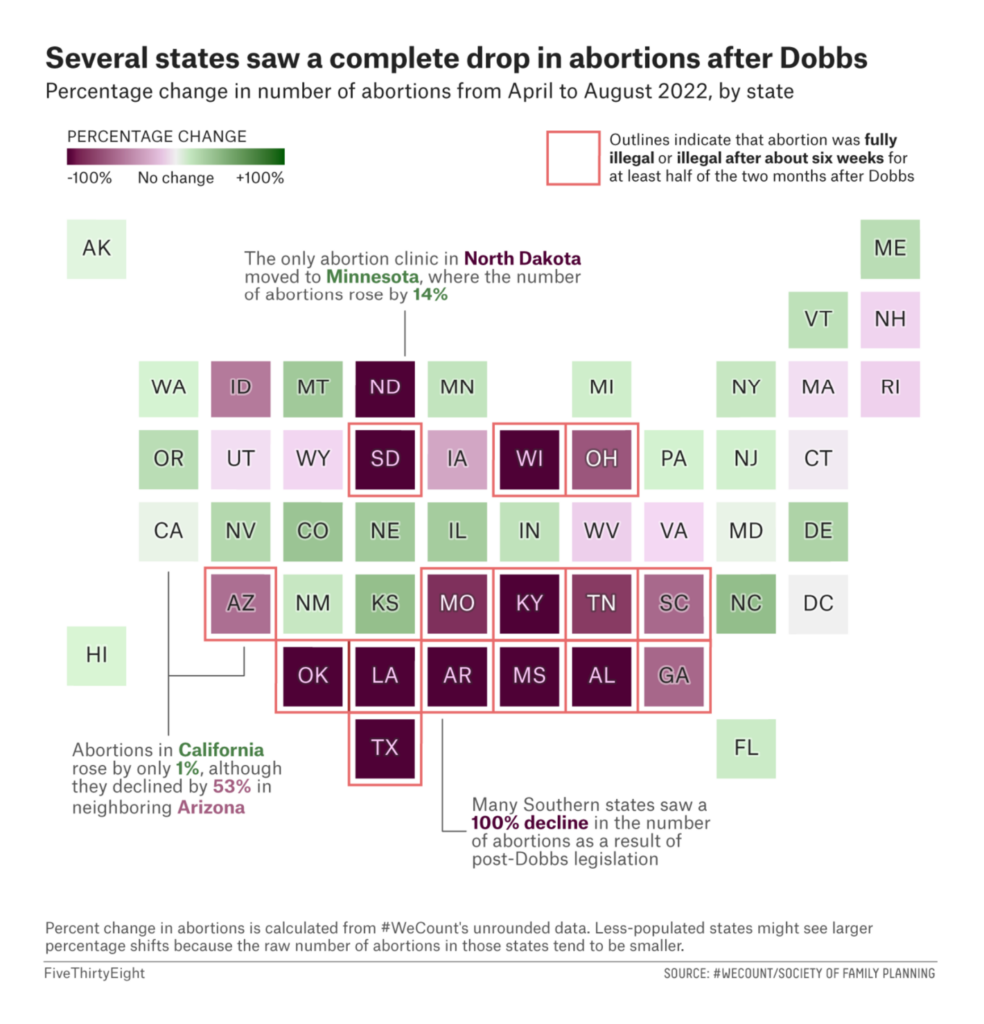
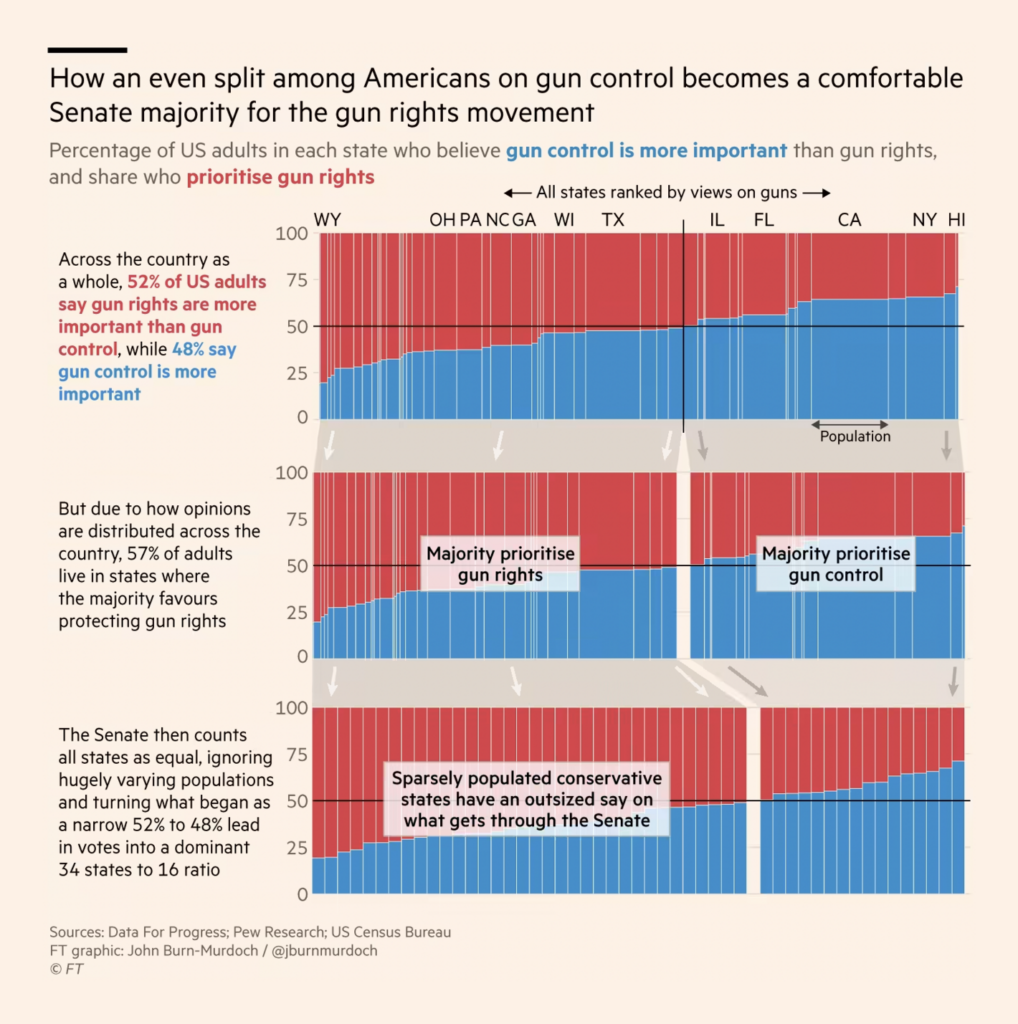


In other political news, Malaysia will hold a general election on November 19, protests in Iran continue, and Ukraine faces Russia’s attacks with foreign support. Xi Jinping breaks with political tradition in China.
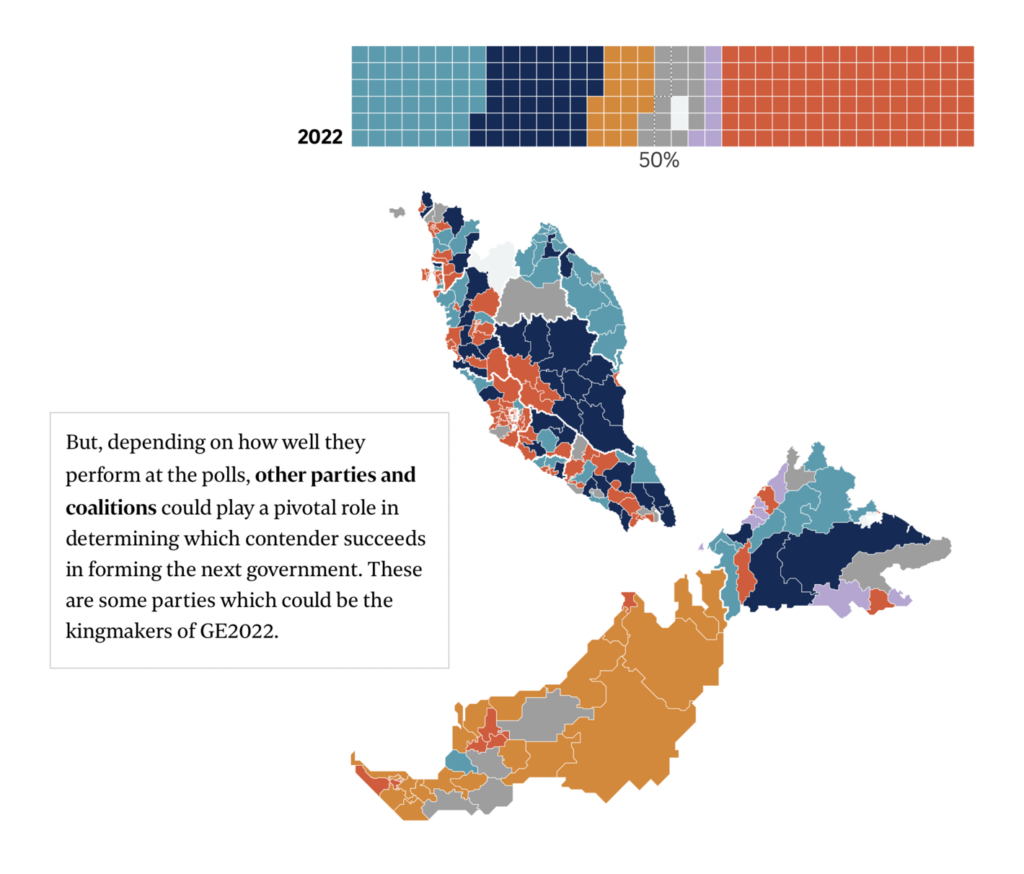
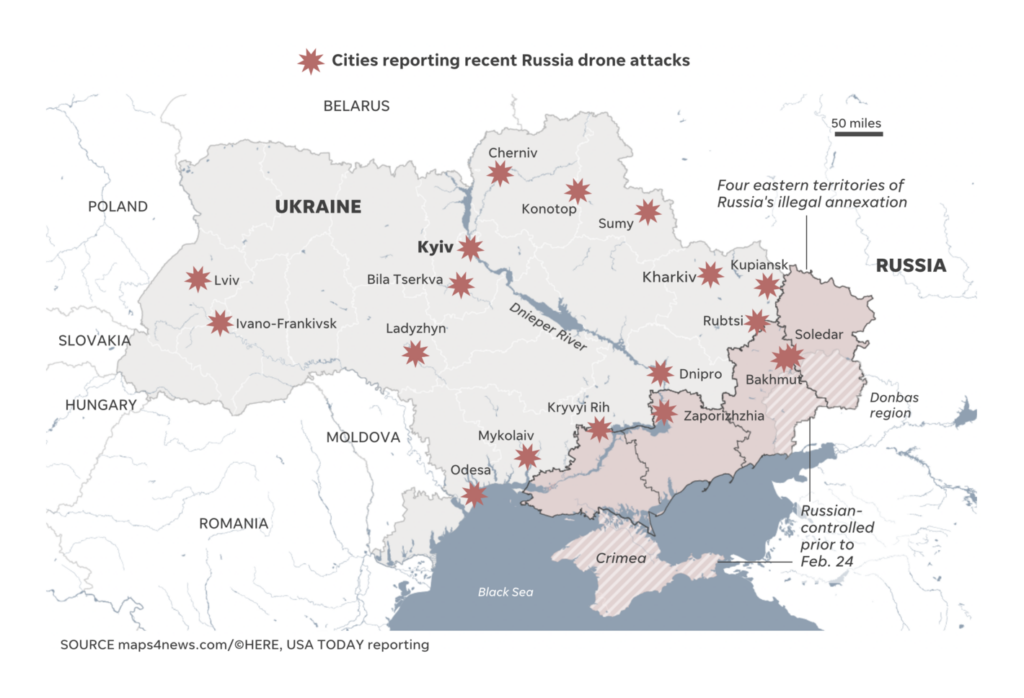

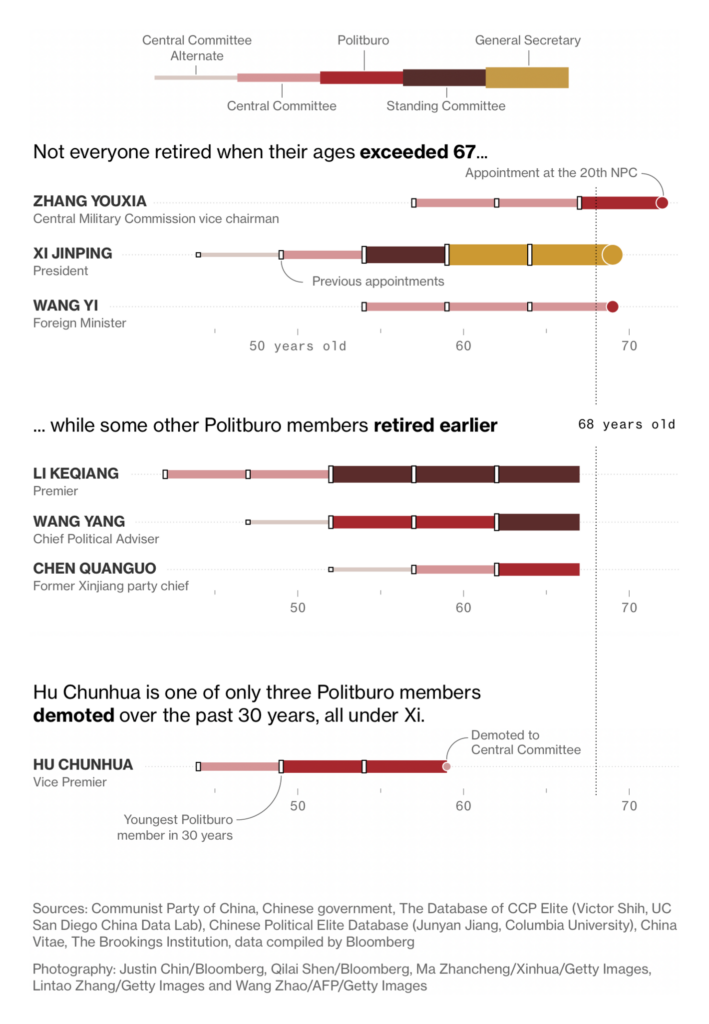
Energy production, consumption, and dependency remain major topics around the world:
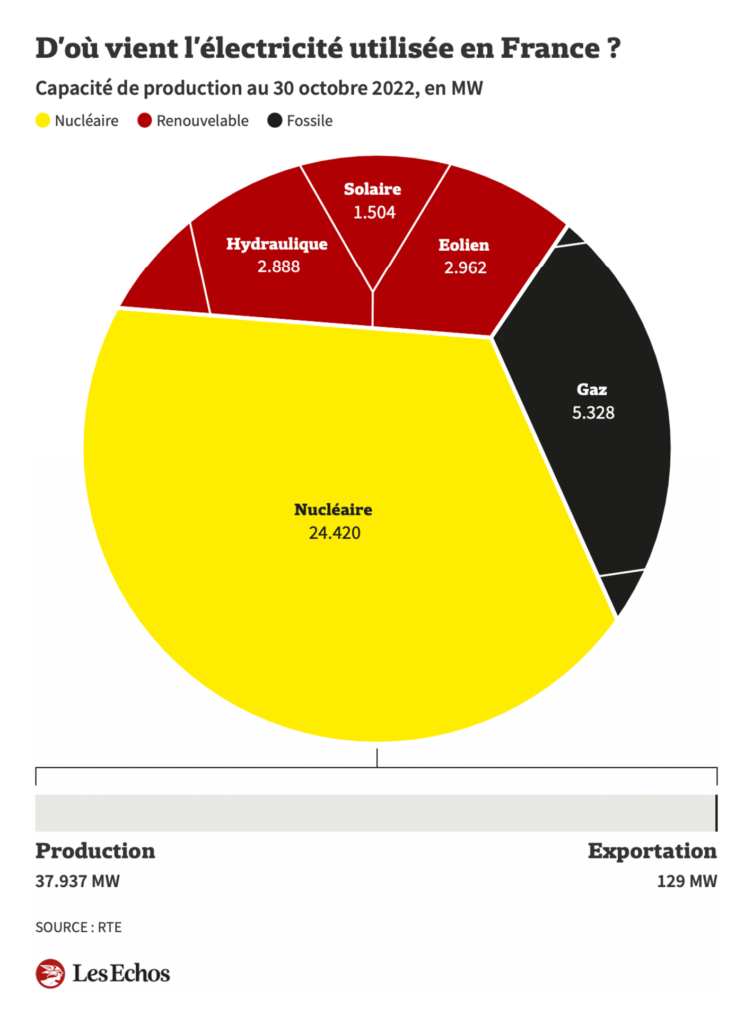
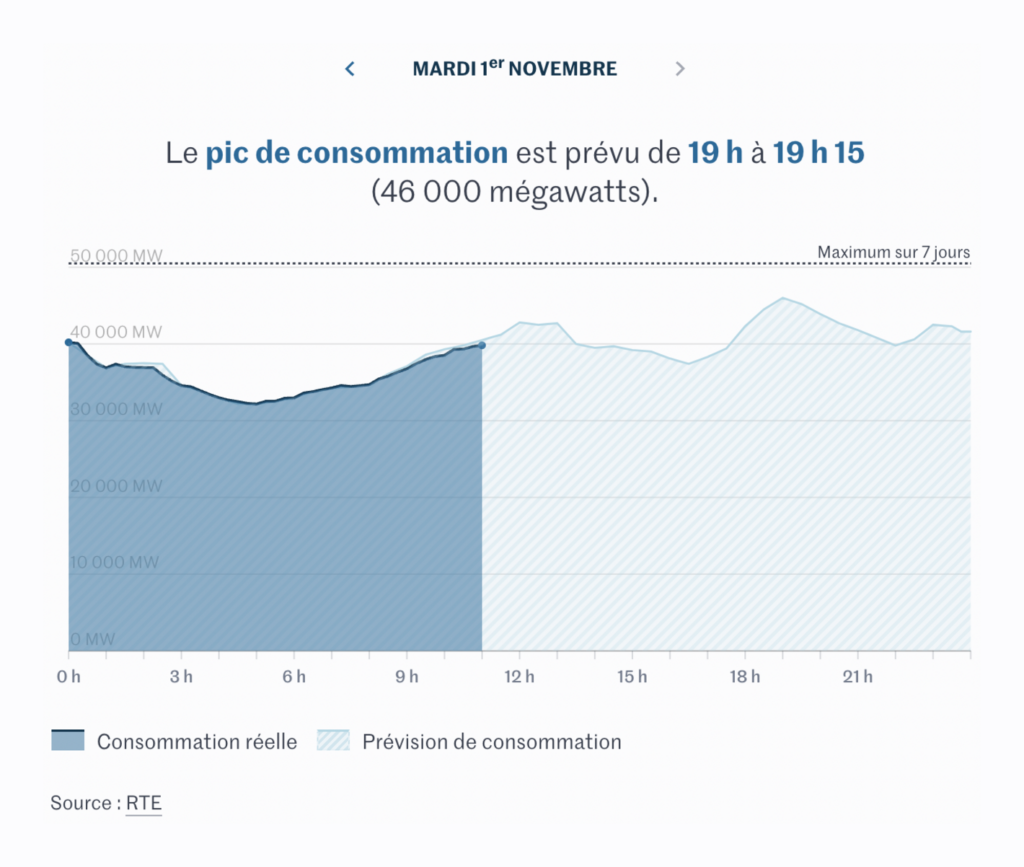
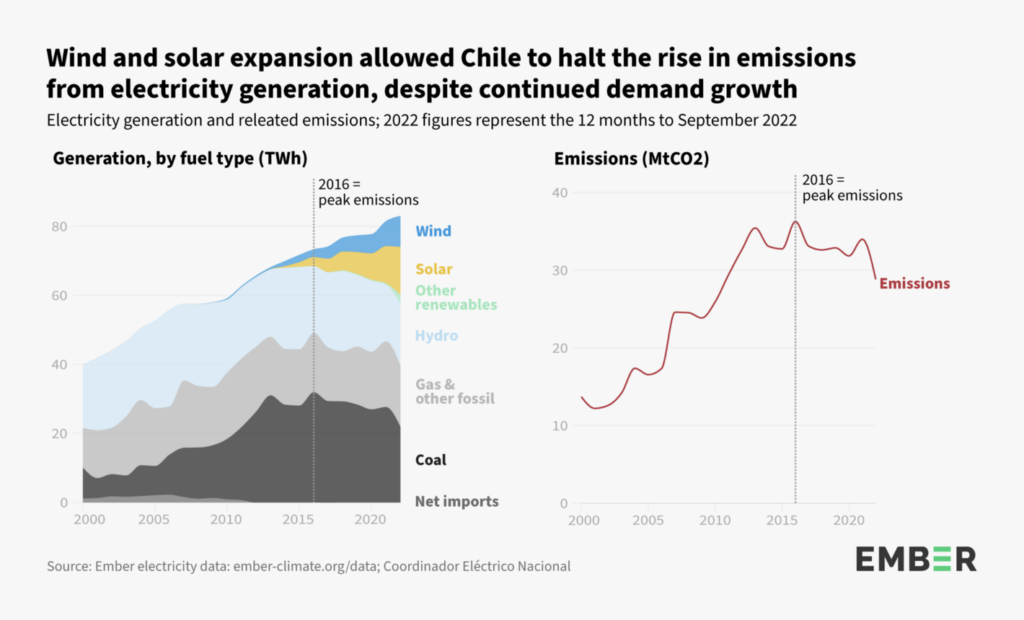
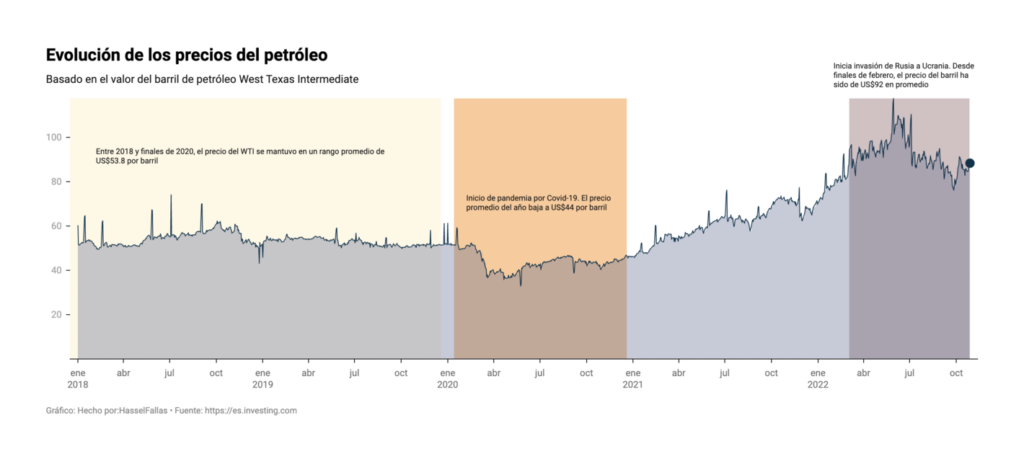
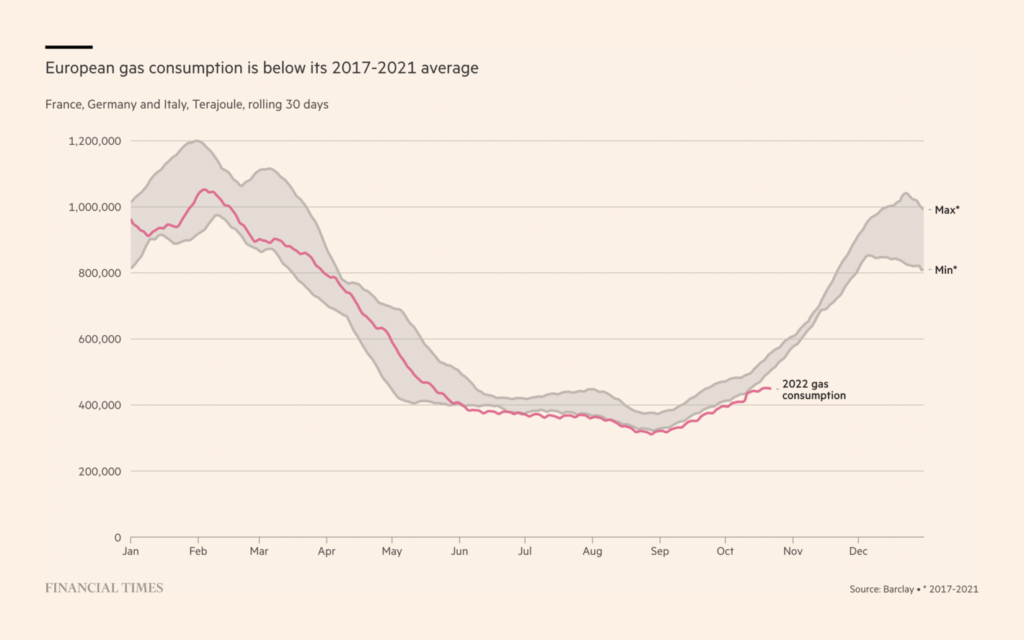
Rare earth minerals have become another crucial resource. Mining might be less land-intensive but it brings its own negative impacts — on the environment, workers’ health, and vulnerable communities.
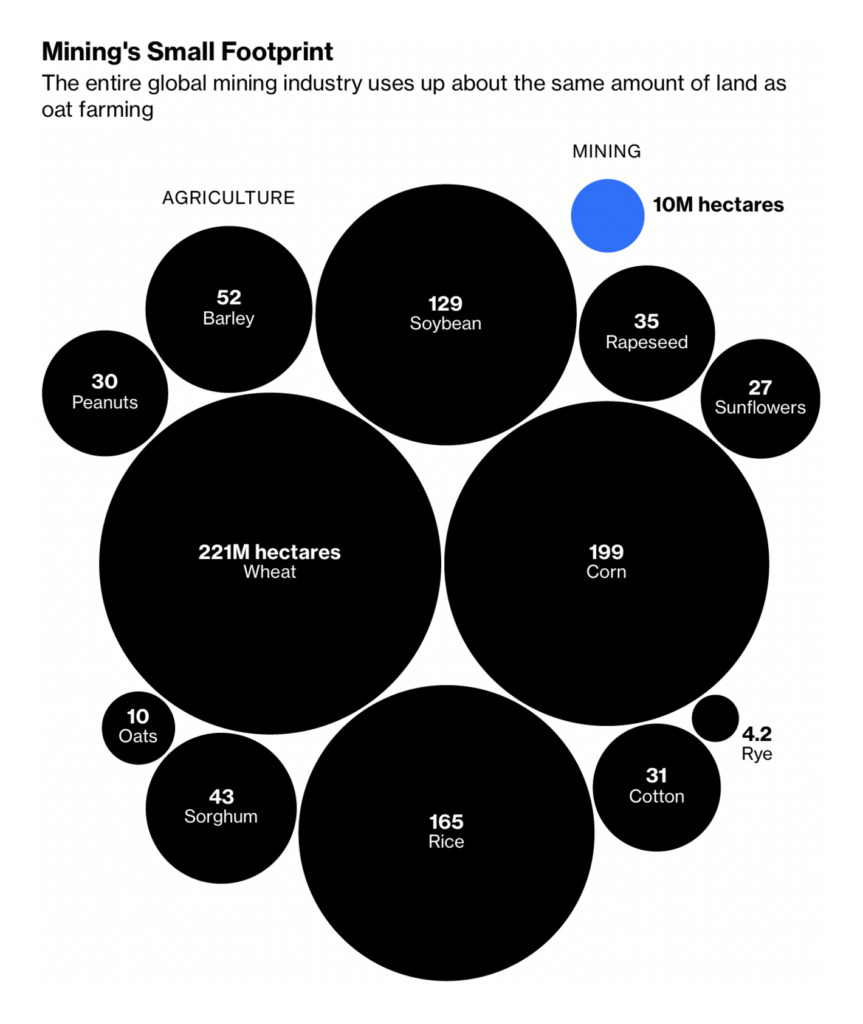
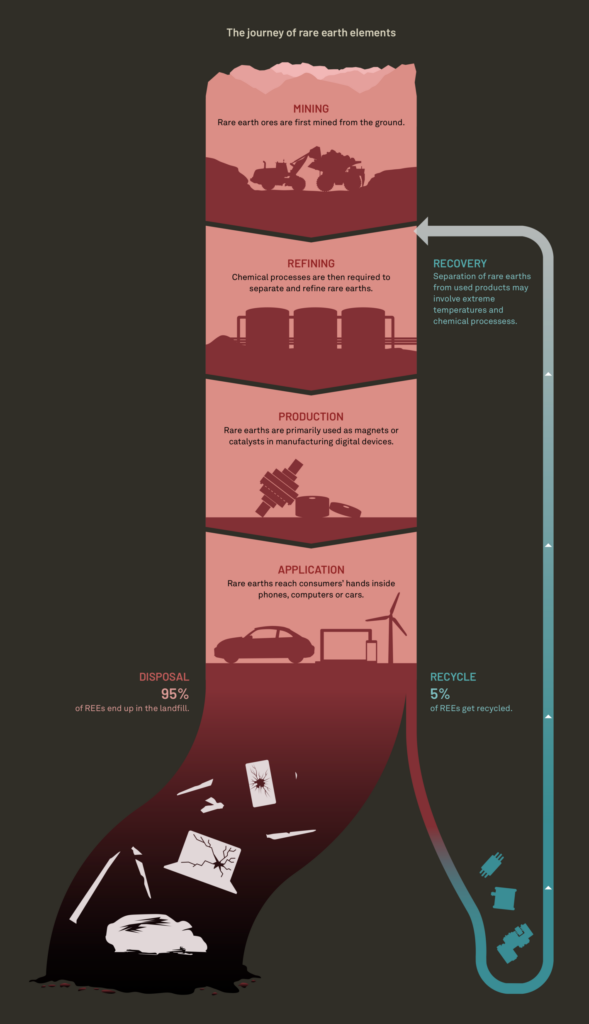
Speaking of renewable energy: Who kills more birds – wind turbines or cats?
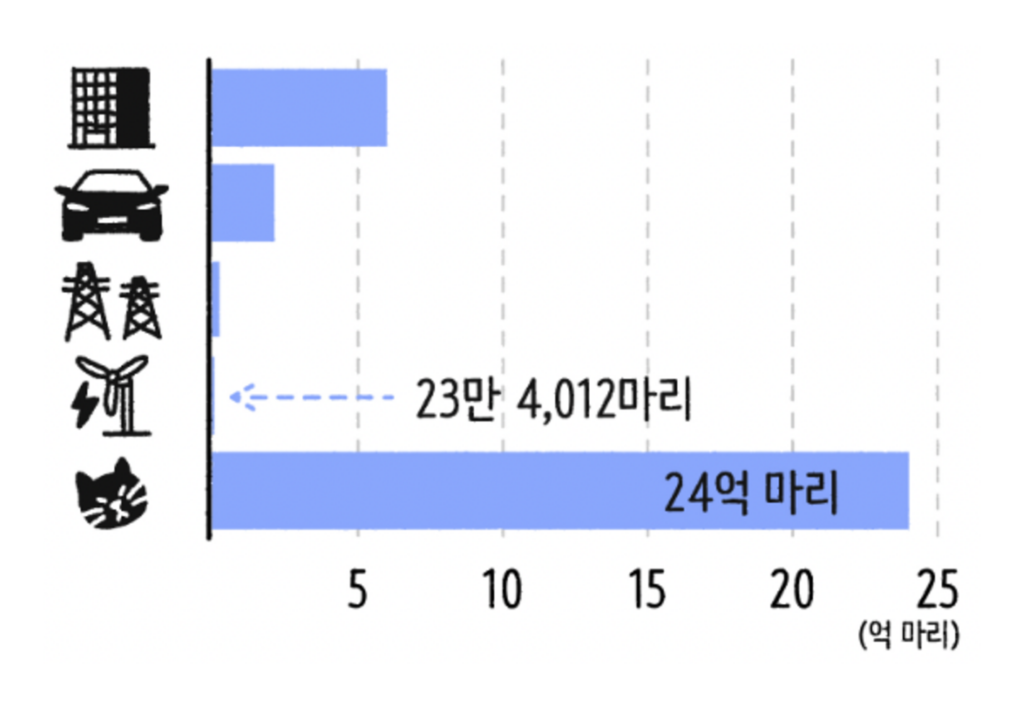
Every year, the end of October is a scary and dangerous time to be out on the streets. Apart from a regular spike in car accidents involving pedestrians, this year’s Halloween was marked by a tragic crowd crush in Seoul.
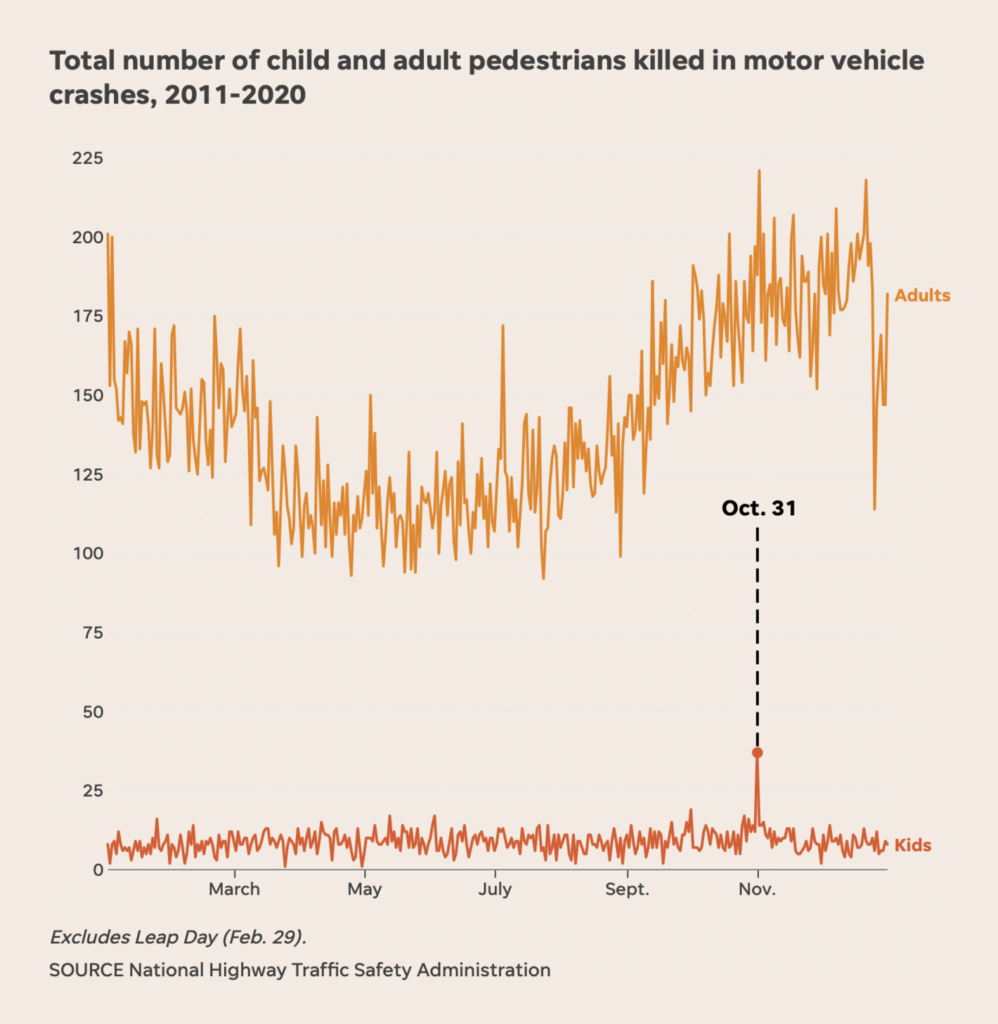
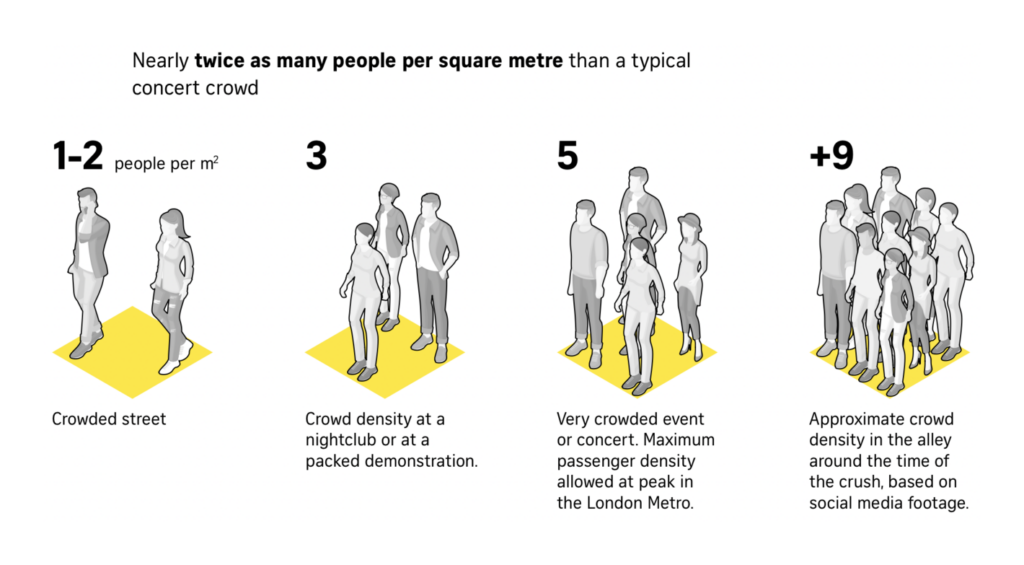
Other topics this week include social benefits in Berlin, troublesome street names in Munich, and unequal birthrates during the pandemic:
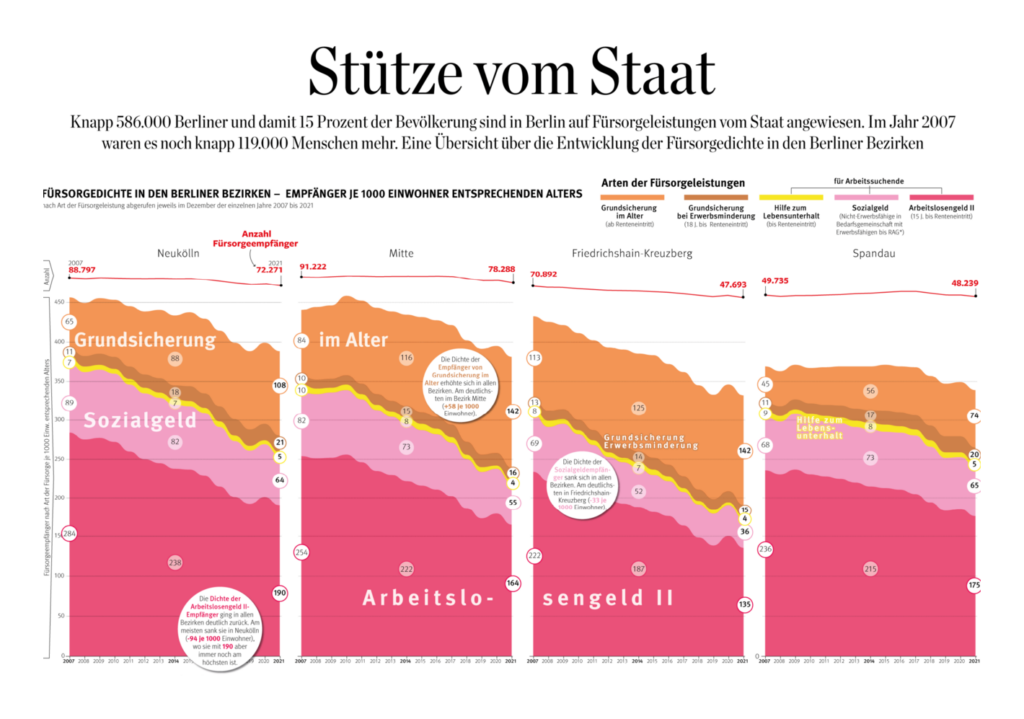

Finally, the #30DayMapChallenge has begun and we’ll be bringing you amazing maps throughout November. Starting today with #points!
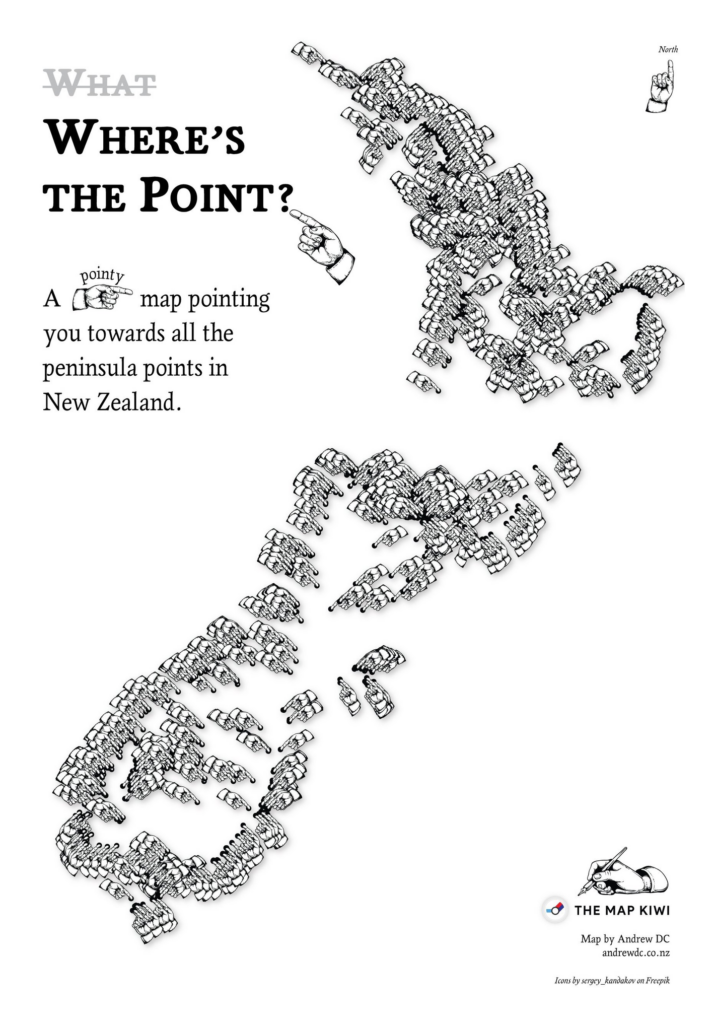
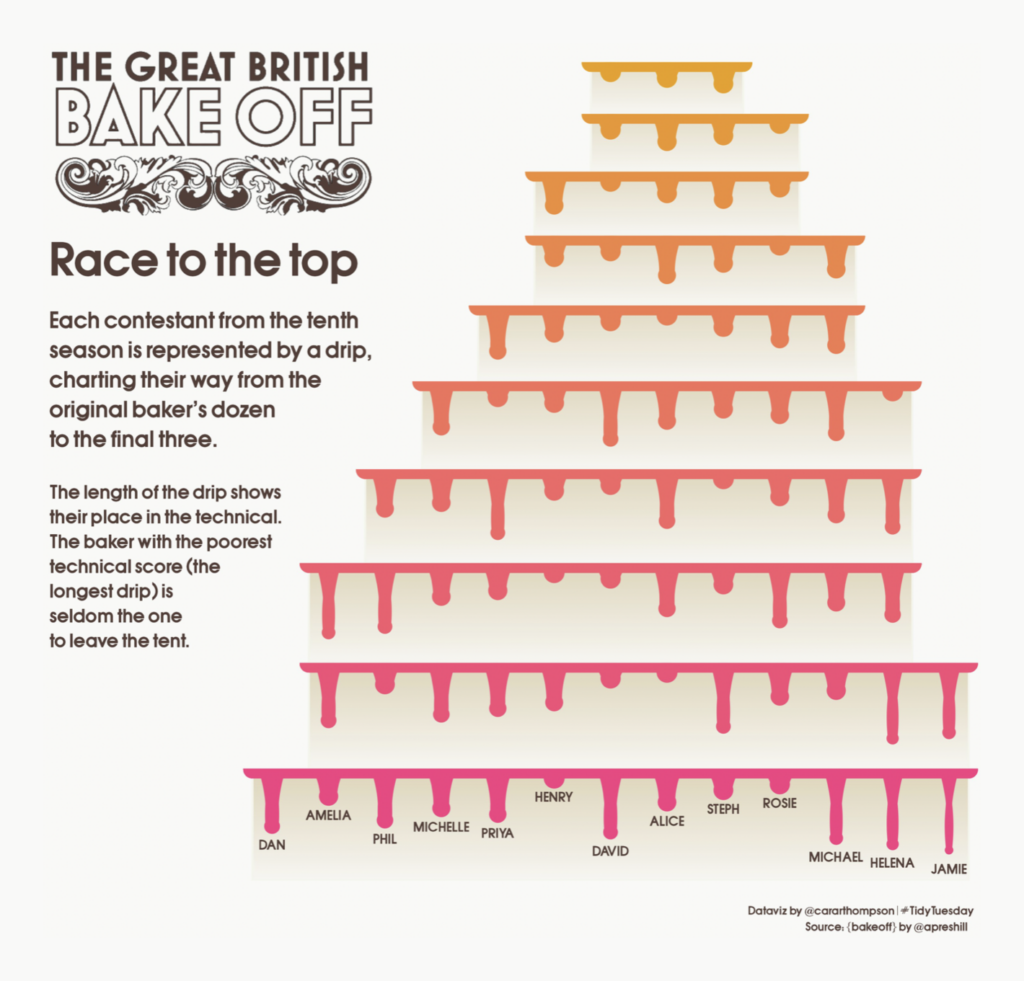
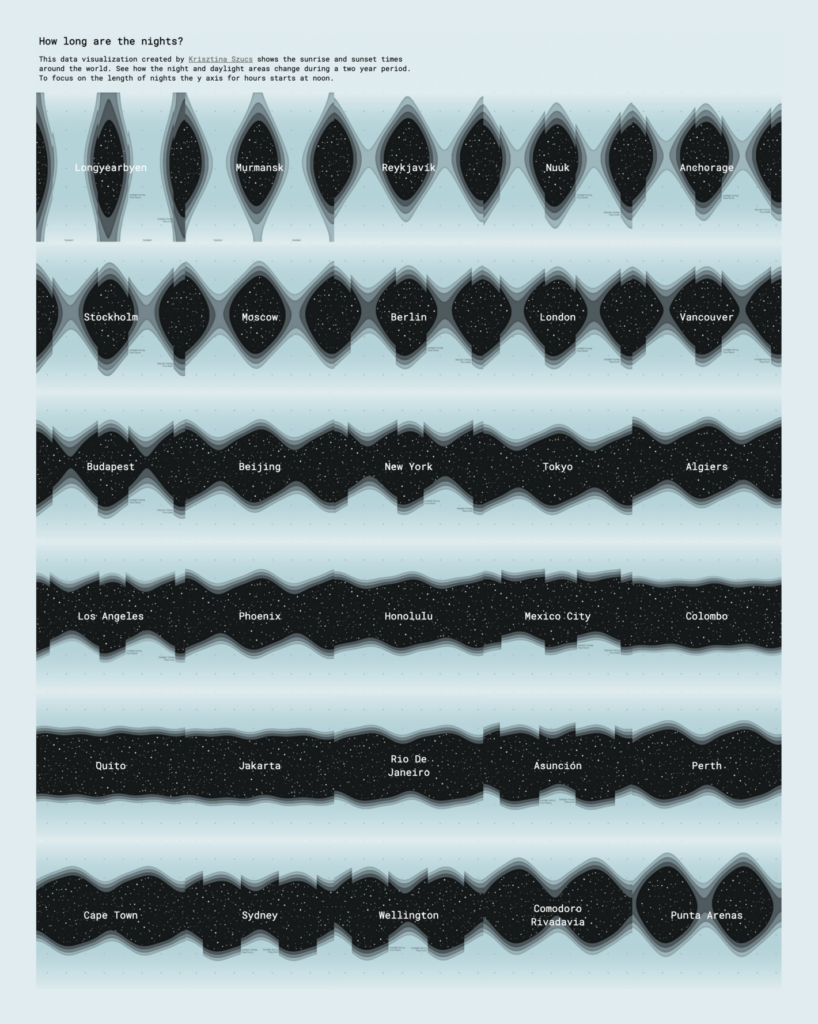
Applications are open for…
Help us make this dispatch better! We’d love to hear which newsletters, blogs, or social media accounts we need to follow to learn about interesting projects, especially from less-covered parts of the world (Asia, South America, Africa). Write us at hello@datawrapper.de or leave a comment below.
Want the Dispatch in your inbox every Tuesday? Sign up for our Blog Update newsletter!
Comments